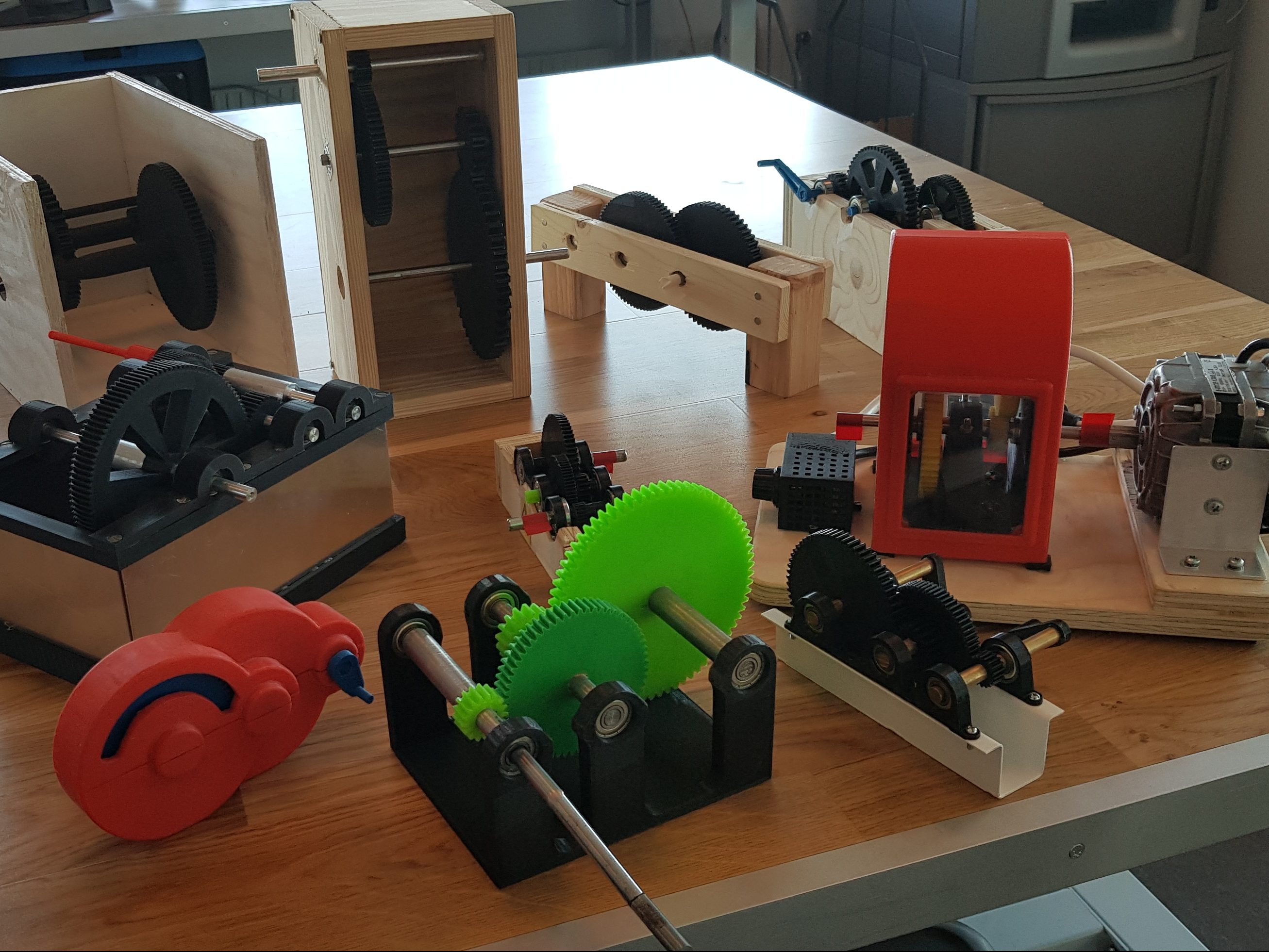
Augment skills and knowledge of engineering students through design-build-test projects
- Post by: Johan Wall
- 16th June 2018
- No Comment
The engineer of the 21st century is expected to possess a broad range of skills and abilities. Besides more traditional technical knowledge and engineering skills, interpersonal skills, critical thinking, creativity, and design makes its way into the curriculum of our engineering education.
Our underlying pedagogical approach to teaching design is based on constructivism. Which basically says that people construct their own understanding and knowledge of the world, through experiencing things and reflecting on those experiences. Research has shown that a very good way for students to “construct” their knowledge is to design, build and publicly share artifacts. Hence making design and prototyping an integral part of our engineering education. These ideas aligns well with the CDIO initiative of which BTH is part since 2013. The CDIO framework provides students with an education stressing engineering fundamentals set in the context of Conceiving-Designing-Implementing-Operating (CDIO) real-world systems and products.
In practice this is done in project form in a problem based setting. Empowered by previously acquired knowledge and skills and our Makerspace (karlskronamakerspace.org) and its surrounding community, students tackle open-ended design-build-test (DBT) projects. These type of DBT projects are introduced already in the introductory course, the first course our engineering students take part in as they arrive at BTH. DBT projects then reoccur with increasing difficulty and span in ordinary courses and cornerstone projects finishing with the final year capstone project, promoting a progress in design abilities.
One example of this is the machine elements course taught to second year mechanical engineering students. This course has traditionally emphasized on analysis and the student’s ability to model and analyze behavior of commonly used machine elements. In recent years a DBT-project more focused on machine design has been introduced in the course. This type of projects plays a key role as it augment the students theoretical knowledge by linking theory covered in the traditional class room setting and practical real world design problems. Furthermore, it trains engineering students to produce technically (in the best of worlds also economically) feasible concepts and solutions. Where the physical prototype becomes an aid of thought enabling adjustment of potentially erroneous parts of the students mental models. Not the least it also helps the student understand the iterative nature of design.
This year the students designed and built gear boxes. Being a collaborative effort, students were assigned teams, each team got a unique list of requirements for their gearbox. As long as these requirements regarding functionality were fulfilled the teams had full freedom to design their gearbox. Resulting designs showed an impressive spread in both visual looks as well as materials and manufacturing methods used.
